The Evolution of Foot Scanning Technology: The Leap from 2D to 3D
Foot scanning technology has come a long way, evolving from simple 2D imaging techniques to sophisticated 3D scanning systems. This transformation is not just a technological advancement; it marks a paradigm shift in industries ranging from healthcare and sports to fashion and orthotics. With the advent of 3D foot scanners, we have entered an era where precision, customization, and efficiency are redefining foot care and footwear design.
The Early Days: 2D Foot Scanning
Initially, foot scanning was limited to 2D imaging methods. These systems captured flat, two-dimensional outlines of feet, primarily for creating insoles or basic shoe designs. While innovative for their time, 2D scans lacked depth information, which made it challenging to account for variations in foot volume, arch structure, and pressure distribution.
2D scanning relied heavily on visual approximation and manual measurements, leading to inaccuracies. This often resulted in generic solutions that failed to address specific foot health issues or ergonomic requirements. For example, 2D systems could measure length and width but could not capture the nuances of a high arch or the severity of flat feet.
The Transition to 3D Technology
The leap to 3D foot scanning brought about a revolution. By incorporating depth sensors and advanced imaging algorithms, 3D scanners now provide comprehensive, three-dimensional representations of the foot. Unlike their 2D predecessors, these systems capture every contour, curve, and dimension of the foot, offering unparalleled accuracy.
The introduction of technologies like laser scanning, photogrammetry, and structured light has made it possible to create highly detailed foot models. These models are instrumental in designing custom orthotics, assessing gait patterns, and even predicting potential foot-related problems.
Advantages of 3D Foot Scanning
Precision and Accuracy
3D foot scanning delivers millimeter-level accuracy, capturing even the slightest variations in foot shape. This level of detail is essential for medical applications, such as diagnosing foot deformities or designing corrective insoles.Customization
With 3D scans, personalized solutions have become the norm. Whether it’s crafting bespoke shoes or creating orthotics tailored to an individual’s unique foot anatomy, customization has reached new heights.Enhanced Diagnostics
In the healthcare sector, 3D foot scanning helps identify issues like plantar fasciitis, bunions, and uneven pressure distribution. This data enables early intervention, reducing the risk of chronic conditions.Efficiency
The speed of 3D scanning systems has dramatically improved. Scans can be completed in seconds, making them practical for use in busy clinics, retail stores, and sports facilities.
Applications Across Industries
3D foot scanning technology is transforming various fields:
Healthcare
In orthopedics and podiatry, 3D scanners are used to design custom insoles, braces, and prosthetics. They are also invaluable for pre-surgical planning and post-surgical rehabilitation.Sports Science
Athletes benefit from footwear designed to optimize performance and reduce injury risk. 3D scans provide insights into gait analysis and biomechanics, enabling coaches and physiotherapists to develop tailored training programs.Fashion and Retail
The footwear industry has embraced 3D scanning to offer personalized fitting experiences. Customers can now purchase shoes that fit perfectly, eliminating the discomfort caused by ill-fitting footwear.Manufacturing
3D scanning has streamlined the manufacturing process for custom products, reducing material waste and production time.
The Role of AI and Machine Learning
The integration of AI and machine learning has further enhanced the capabilities of 3D foot scanning systems. These technologies analyze large datasets to identify patterns and predict outcomes, making diagnostics and product design more effective.
For instance, AI algorithms can suggest the best type of shoe or orthotic based on a person’s foot scan and activity level. This level of automation ensures that even non-experts can access high-quality, personalized solutions.
Challenges and Future Prospects
While 3D foot scanning has revolutionized the industry, challenges remain. High initial costs and the need for specialized training can be barriers to adoption. However, as technology becomes more affordable and user-friendly, its accessibility is expected to improve.
The future holds exciting possibilities, such as mobile 3D scanning apps, virtual try-ons, and integration with wearable devices for continuous monitoring of foot health. These innovations promise to make 3D foot scanning even more versatile and indispensable.
The evolution of foot scanning technology from 2D to 3D represents a monumental leap forward. By addressing the limitations of earlier methods, 3D scanning has opened new avenues for precision, personalization, and efficiency. Whether in healthcare, sports, or retail, its impact is profound and far-reaching.
As this technology continues to evolve, its potential to enhance foot health and redefine customer experiences remains boundless. For those seeking solutions that combine accuracy with innovation, 3D foot scanners are undoubtedly the way forward.

 +86-0755-86131192
+86-0755-86131192 2024-12-31
2024-12-31 Back to list
Back to list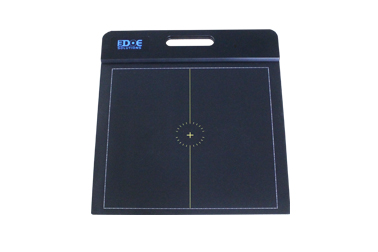
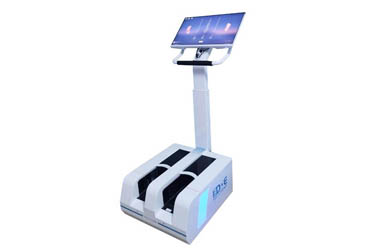
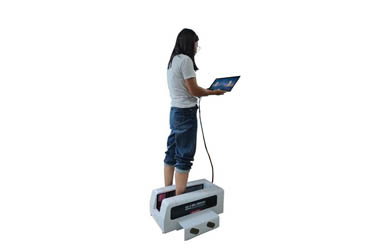
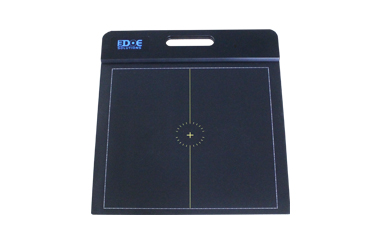

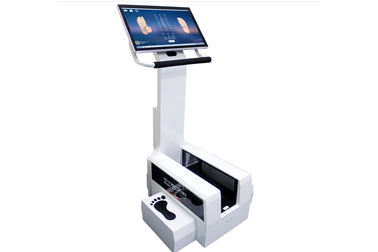



 +86-0755-86131192
+86-0755-86131192